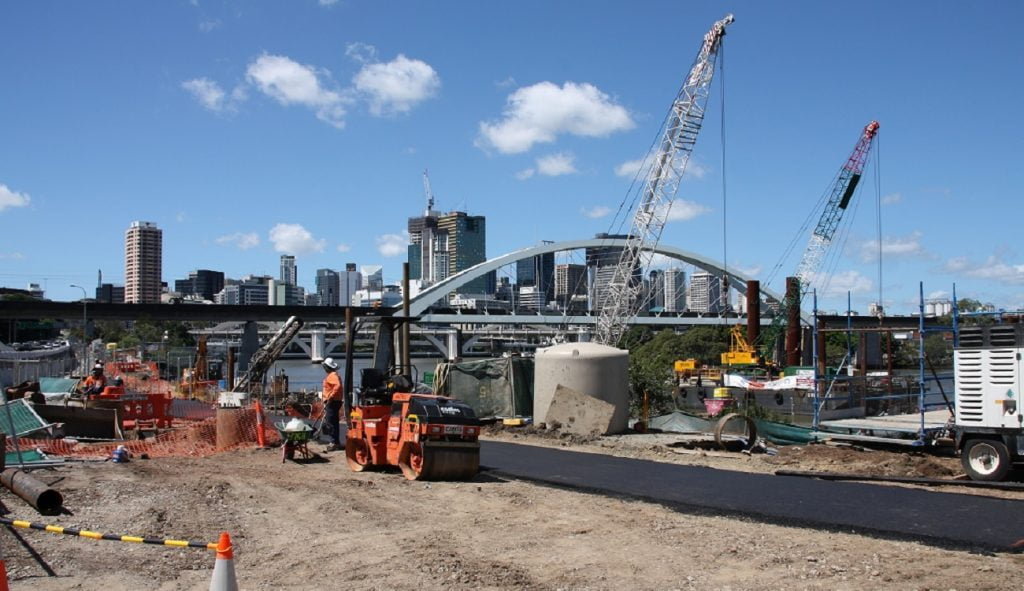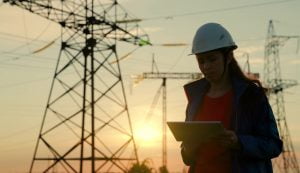Transitioning to Net-Zero
What will it bring and what will it cost?
Around the world, companies and governments are pledging to achieve net-zero emissions of greenhouse gases – but what exactly will it take to accomplish these goals?
A new report by McKinsey Sustainability has predicted the economic shifts that a net-zero transition are likely to involve. The research details transformations that will affect countries across the globe, as well as all sectors of the economy, both directly and indirectly. McKinsey also predicts changes in demand, capital spending, costs, and jobs through to 2050 for sectors producing roughly 85% of all emissions.
Below we will breakdown the key findings of this research paper.
1. An overview of the net-zero transition
While net-zero emissions by 2050 is an achievable goal, and one we all have a vested interest in, it is also one that comes with some economic sacrifice. The McKinsey Sustainability report predicts that to reach this goal, we would have to spend an estimated $9.2 trillion annually on physical assets – increasing the current global spend by 160%.
For context, this would be the equivalent of half of all global corporate profits and one-quarter of global tax revenue combined. However, this figure does lower from $3.2 trillion to $1 trillion when accounting for the expected increase in spend, with inevitable income and population growth, as well as currently legislated transition policies.
It is predicted that the next decade will be the most indicative as to what the transition will look like as we ramp up our investment in climate change mitigation. This mass transition is prone to risks like the volatility of energy supplies. But more than this, the transition brings opportunity – the most notable being the opportunity to slow catastrophic impacts of climate change while growing new sectors and creating new market growth for low emission products and organisations.
2. The 7 sectors most affected
While the worldwide transition will naturally affect all industries, there are seven sectors in particular which currently produce the highest emissions globally, and thus will be disproportionately affected.
These sectors are; power, industry, mobility, building, agriculture, forestry and waste.

To meet net-zero by 2050, these industries will need to see the most transformations, moving away from fossil fuel and embracing renewable and low-emission energy sources like hydrogen. By utilising those energy sources these sectors can lower their emissions while meeting their necessary energy demands.
3. Economic changes and what to expect on the road to net-zero
As mentioned previously, we will see the most dramatic shifts in spend within the next 10 years . Overall we can expect to see around $275 trillion worldwide spent on physical assets that will aid in our transition to net-zero.
This largely includes machinery, infrastructure, and research purchased by affected sectors and not the spend of individual citizens. Where the individual will see the effects of the economic shift will be within the vehicle industry.
We are already seeing the rise in demand for electric cars, and it is estimated that nearly 100% of new cars will be powered by renewable fuel cells or batteries by 2050. Demands for renewable energy like hydrogen, solar and wind are also predicted to increase ten-fold by 2050. This will cause a shift in the job market as 185 million jobs are lost in legacy industries (like gas and coal) and 200 million jobs are created in renewable energy.
4. Who will be affected the worst?

The particular industries which will see the most change are those which emit the most greenhouse gases. Unsurprisingly, these industries are the coal and gas power sectors, and the fuel and automotive sectors. Around 20% of the global GDP is attributed to these sectors and a further 10% is in high-emission supply chains like the construction industry.
These industries will inevitably face large costs associated with the shift to net-zero emissions. The decline in demand within the coal and gas industry in particular will also lead to job losses, however this loss will be balanced out by job creation in newer and growing industries.
5. The inequality of net-zero transition between countries and regions
It is important to address the inequality of spending necessary to reach net-zero between developed and developing countries.
Developing countries who rely on fossil fuels to generate power will be required to spend more on physical assets and infrastructure as a share of their GDP. Regions including Latin America, sub-Saharan Africa, India and other Asian countries will require approximately 1.5x more spend than developed countries to support economic development and infrastructure associated with the low-carbon transition.
Developing countries like Bangladesh, Kenya and Nigeria also have a disproportionate amount of jobs and capital tied up in sectors associated with fossil fuels and will therefore face higher economic costs.
Inequality in spending is not limited to the undue difference between developed and developing economies. Across 44 US states, 10 percent of jobs are in the fossil fuel processing industry. While the shift may seem to only provide immediate negative impacts on affected countries, countries like India, are also some of the most geographically at risk of climate change weather events and will likely see long term positive impacts. The shift in power sources will also help these countries to harness capital from renewable natural sources like sunshine, water and wind.

6. Takeaway actions and final thoughts for stakeholders
While the transition to net-zero emissions will inevitably be an expensive pursuit, it will also be one that pays off if done in an organised and timely manner.
Understanding what your company needs to change, purchase, or manage differently is something that must happen sooner rather than later.
Looking to local governments and policies to understand what is required of your sector, and using resources like Carbonhalo to grow your understanding will be an important part of this process.
Use this opportunity to grow new parts of your business and meet new customer demands. The McKinsey report recommends 3 points to create opportunity:
- Decarbonise processes and products,
- Replace high-emission products and processes with low-emission ones, and
- Offer new aid in decarbonisation such as supply chain management, necessary infrastructure and support services.
To define your plan and develop clear action points, head to Carbonhalo and take a look at what we can offer your business.

